The term “New World” is a pretty intriguing concept when it comes to Argentine winemaking given that its history stretches back some four and a half centuries. As with much of the Americas, it’s a story that involves Spanish conquistadors, Catholic missionaries, European migrants and, more latterly, the coming of the railway. To put this into perspective, the English Tudor monarch King Henry VIII had only just died when the first vitis vinifera cuttings (the wine grape vine) were planted in what was to become Argentine soil.
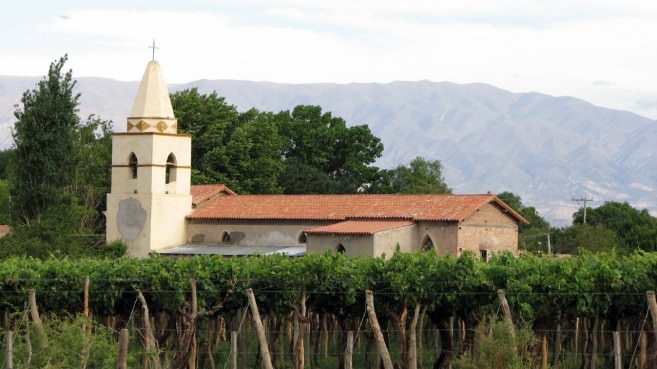
A church in a vineyard in Salta; photo by Dan Noon.
Spanish Origins
These cuttings, of course, arrived with the Spanish, who were tasked with bringing vines over to the Americas on their ships and it was Criolla – a pink-skinned workhorse of a grape that produced big volumes – that first went into the ground. These adventurers were doubtless a thirsty bunch, but the Spanish authorities also had an eye on developing a wine industry that could help supply demand back in Iberia. And so the vine hopped from ‘The Indies’, by way of Peru and Chile, to Argentina when one father Juan Cedrón established the first vineyard close to what would become Buenos Aires.
Meanwhile the Catholic priests wasted little time in planting more vineyards around the growing number of their monasteries to provide wine for the celebration of Holy Mass. Goodness knows what the displaced locals first made of this vinous communion, but by the end of the sixteenth century the vine had spread across the fledgling country from the Atlantic coast to Mendoza to San Juan and Salta.
Mendoza Emerges
Things trundled along relatively happily, and by the time a 1739 census recorded 120 vineyards in Mendoza alone, the cool, dry, sunny climate of the mountain-backed interior had become well established as a favourable place to ripen grapes for wine. It would take another century, though, before the quest for quality took a serious turn.
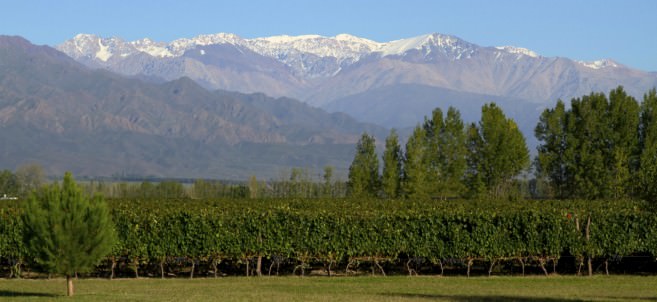
Vineyards in Mendoza; photo by James Kibbey.
In 1852 Argentine President Domingo Faustino Sarmiento hired a French agronomist, Michel Aimé Pouget, to come to Mendoza and shake up the wine industry with a view to delivering European quality wines. Pouget established the first agricultural school and also introduced French noble grapes, including Cabernet Sauvignon, Merlot, Pinot Noir and – of course – Malbec, establishing the vineyards that make Argentina’s greatest wines today.
Domingo Faustino Sarmiento submitted a proposal to the Argentine government on 17 April 1853 to diversify and develop the Argentine wine industry, a date that is now celebrated globally as Malbec World Day.
Malbec – a Flagship Variety
By the late 1800s, in the hands of French and Italian migrants – the latter adding to the mix of Spanish and French grapes with their own Italian varieties – the Argentine wine scene was thriving. Meanwhile back in Europe, a plague was ravaging the vineyards of France. A root chomping aphid called phylloxera devastated French viticulture (and then elsewhere), and this, coupled with frosts that all but killed the remaining Malbec vines of Bordeaux, left Argentina as the effective global custodian of what was to become its flagship variety.
Meanwhile, the completion of a railway, linking Mendoza to Buenos Aires in 1885, helped drive an explosion in vine plantings which saw Argentina’s vineyard area grow from 5,000 acres in 1873 to over 500,000 acres in the early 1900s – with Mendoza firmly established as the capital of quality wine.
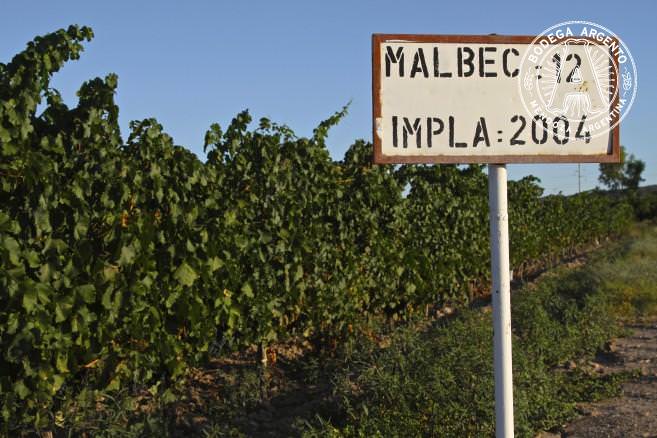
Malbec planted in Mendoza; photo by James Kibbey.
Argentina Becomes a Global Wine Player
Argentina went on to become the fifth biggest producer of wine on the planet, but it would take until the 1980s for economic and political conditions to open up the exports of its wines, which is where the final piece of the historical jigsaw falls in to place.
Armed with a fantastic medley of grape varieties, with old vines established in stunning vine-friendly conditions, and with an ace up its sleeve in the comely form of Malbec, Argentina began to focus on smaller volumes of quality wines, beginning to fully realise the potential of its vinous legacy. And it’s a legacy that the rest of the world is still discovering today.


Latest posts by Andrew Catchpole (see all)
- Taste the Diversity: A Guide to Argentina’s Wine Regions - October 22, 2014
- The Global March of Malbec - October 1, 2014
- ‘Take 5’ Global Sommeliers: Argentine Food & Wine Pairings - April 16, 2014

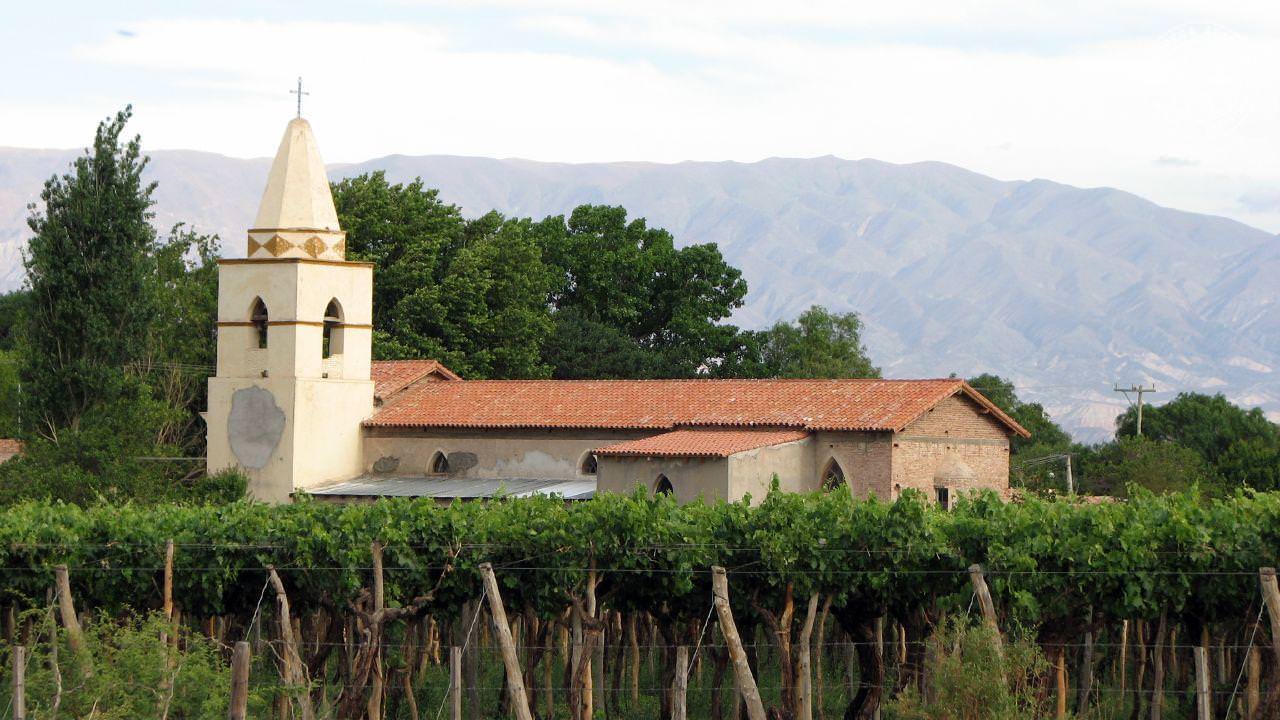
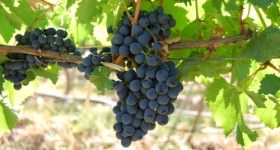 Argentinian Malbec – A Guide to the Grape’s History and Unique Style
Argentinian Malbec – A Guide to the Grape’s History and Unique Style 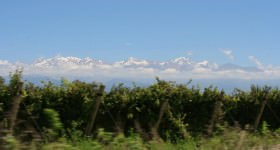 Top 10 Curious Facts About Argentina Wine
Top 10 Curious Facts About Argentina Wine 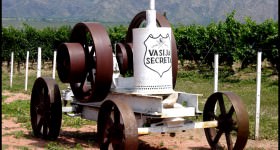 A Taste of Terroir: Argentina’s Diverse Wines & Wine Regions
A Taste of Terroir: Argentina’s Diverse Wines & Wine Regions 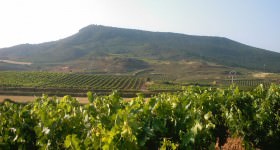 Know La Rioja, the famous wine region of Argentina
Know La Rioja, the famous wine region of Argentina 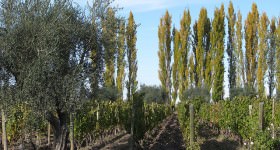 A Great Wine Grape Returns: Chardonnay From Argentina
A Great Wine Grape Returns: Chardonnay From Argentina  Bonarda Wine – Argentina’s Best Kept Red Wine Secret
Bonarda Wine – Argentina’s Best Kept Red Wine Secret 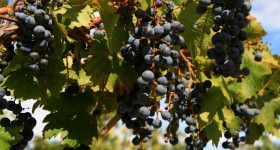 Argentinian Malbecs vs. The World
Argentinian Malbecs vs. The World  Putting the ‘Tude in Altitude – Argentina Winemaking
Putting the ‘Tude in Altitude – Argentina Winemaking 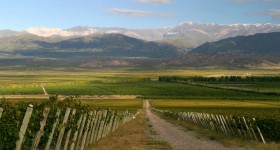 Argentina Wine Regions: San Juan
Argentina Wine Regions: San Juan 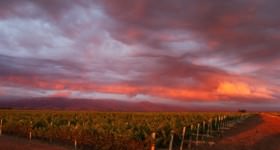 Argentina Wine Regions: Mendoza
Argentina Wine Regions: Mendoza 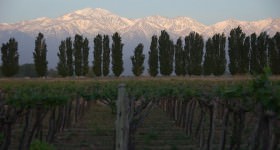 Taste the Diversity: A Guide to Argentina’s Wine Regions
Taste the Diversity: A Guide to Argentina’s Wine Regions  Argentina Wine Regions: Salta
Argentina Wine Regions: Salta
[…] WineSur is a great resource, and features wine reviews by international critics. Or check out this article on the history of wine in Argentina at The Real […]